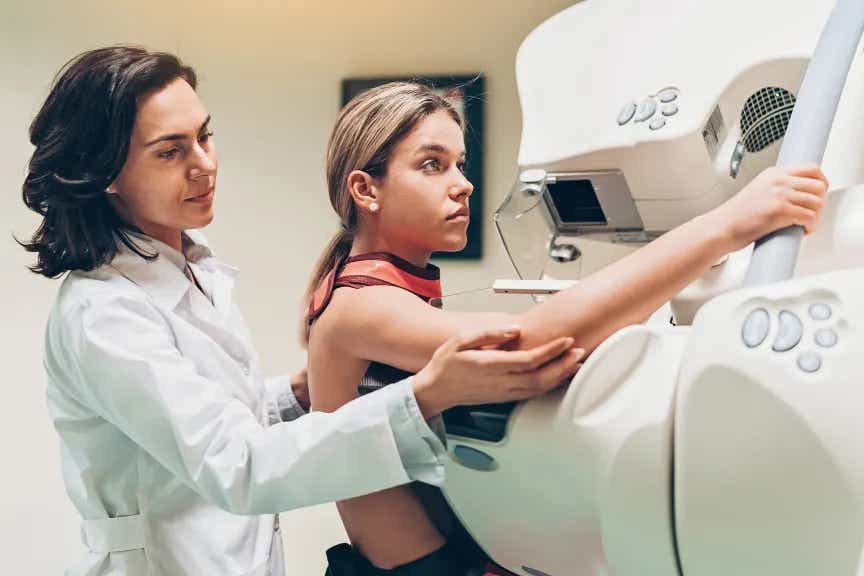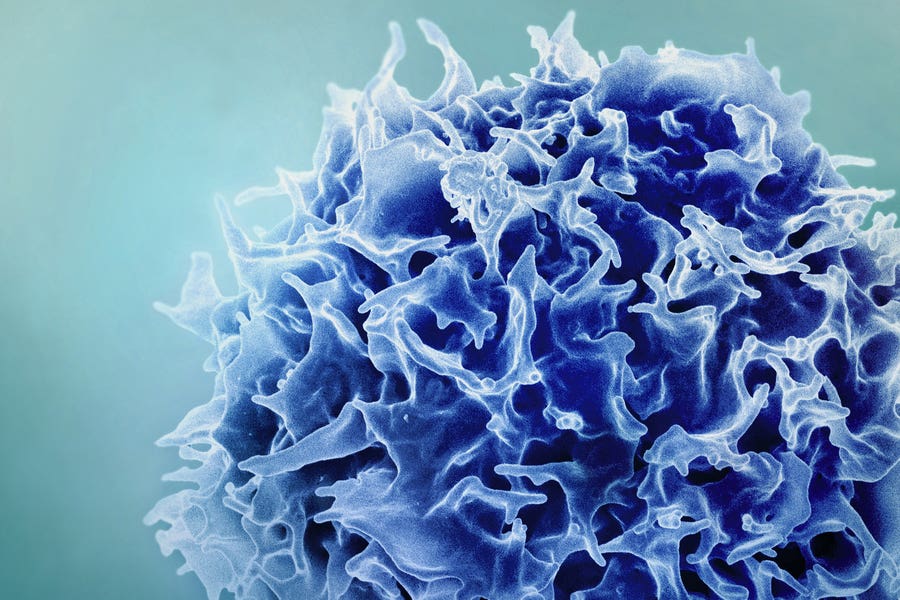Lifesaving microRNA can predict breast cancer recurrence in patients
MicroRNA (miRNA) can be used as a biomarker to predict which patients are likely to face breast cancer recurrence and mortality.

[Nov 8, 2022: Sheila Lai, American College of Surgeons]
MicroRNA (miRNA) can be used as a biomarker to predict which patients are likely to face breast cancer recurrence and mortality. (CREDIT: iStock Photos)
Researchers found that a specific microRNA, miR-145, can identify breast cancer patients who may need additional therapy and monitoring to improve outcomes postsurgery.
MicroRNA (miRNA) can be used as a biomarker to predict which patients are likely to face breast cancer recurrence and mortality, according to study results published online ahead of print in the Journal of the American College of Surgeons (JACS).
While long-term outcomes have improved for patients with breast cancer, the most common cancer diagnosed in women, 20% to 30% of these patients will see their breast cancer come back.
The process of identifying which patients are more likely to have a recurrence has been a challenge. Therefore, a research team in Galway, Republic of Ireland, set out to determine whether miRNAs—small, non-coding molecules that modulate genetic expression and affect cancer development—predict which breast cancer patients are more likely to have a recurrence of, and die from, breast cancer.
Related Stories:
The researchers discovered that patients with an increased expression of a certain type of miRNA, miR-145, are unlikely to have a recurrence of breast cancer. In other words, miR-145 inhibited the development and progression of cancer, explained lead author Matthew G. Davey, MRCSI, PhD, discipline of surgery, University of Galway, Republic of Ireland.
“We showed that increased expression of this biomarker, which was measured in patients’ blood samples during chemotherapy, actually predicted their long-term oncological outcome,” Dr. Davey said. “We can predict those who are likely to suffer recurrence and those who will be free of recurrence.”
The authors believe that miR-145 could help identify patients who could benefit from closer breast cancer surveillance and a tailored treatment strategy in the postoperative phase of treatment. Likewise, it could also identify patients who are at lower risk of recurrence and may not need systemic treatments, which often can have harmful side effects.
Schema depicting miRNA biogenesis and function. Primary miRNA transcript (pri-miRNA) is transcribed by RNA polymerase II/III in the nucleus, forming an elongated RNA hairpin structure that is subsequently cleaved by Drosha into a small stem-loop structure of ~70 nt, (pre-miRNA). (CREDIT: Cell Death and Disease - Nature)
“This biomarker will help us give the right treatment to the right patients,” said study coauthor Michael J. Kerin, MCh, FRCSI, FRCS.Ed., FRCS Gen., chair of surgery, University of Galway.
Study details
This prospective, multicenter trial recruited 124 patients who were treated with standard-of-care neoadjuvant chemotherapy for localized breast cancer in eight independent treatment sites across Ireland. The type of chemotherapy varied according to the judgment of the patient’s healthcare team.
Transcriptome–miRNA interaction networks in breast cancer. Schematic representation of the interaction of commonly altered miRNAs in breast cancer and their identified mRNA targets regulating EMT/metastasis, stemness, growth and survival of breast cancer cells. (CREDIT: Cell Death and Disease - Nature)
Blood samples were collected from the patients over a three-year period (May 2011-April 2014) at two timepoints—at diagnosis and halfway through chemotherapy treatment. To establish their roles in predicting whether the patient would be free of recurrence or disease and their overall survival, miRNA expression levels were evaluated at each timepoint.
Key findings
The study found that increased miR-145 expression correlated with improved outcomes at almost nine years follow-up.
Increased miR-145 independently predicted improved recurrence-free survival (HR: 0.00, 95% CI: 0.00 – 0.99, P=0.050) and trended towards improved disease-free survival (HR: 0.00, 95% CI: 0.00 – 1.42, P=0.067) when statistical analyses were performed.*
Increased miR-145 expression levels did not predict overall survival.
Future research opportunities
For the current study, the researchers looked at patients with any of the five subtypes of breast cancer, though the study was not designed or powered to determine how effective miR-145 was at predicting outcomes for any particular subtype of breast cancer. They plan further clinical trials to help answer that question.
There is also research underway to see if the expression of miRNA could be increased in breast cancer patients, according to Professor Kerin. For instance, “one trial is testing miRNA replacement therapies in mice, but the research is in its early stages and it is unclear if the therapy could be transferred to humans,” he said.
Key takeaways
MicroRNAs (miRNAs) can be used as a biomarker to predict which patients are likely to face breast cancer recurrence and mortality.
Researchers conducting a multicenter trial in Ireland drew blood samples from 124 breast cancer patients at diagnosis and while they were undergoing chemotherapy, and assessed their outcomes almost nine years later.
Researchers say their discovery of the predictive value of miR-145 could help physicians better tailor treatment for breast cancer patients.
Dr. Davey said their group plans to conduct a similar trial to the one they’ve just published in JACS in which researchers focus on a specific subtype of breast cancer (HER2-positive patients).
For more science and technology stories check out our New Discoveries section at The Brighter Side of News.
Note: Materials provided above by the American College of Surgeons. Content may be edited for style and length.
Like these kind of feel good stories? Get the Brighter Side of News' newsletter.



